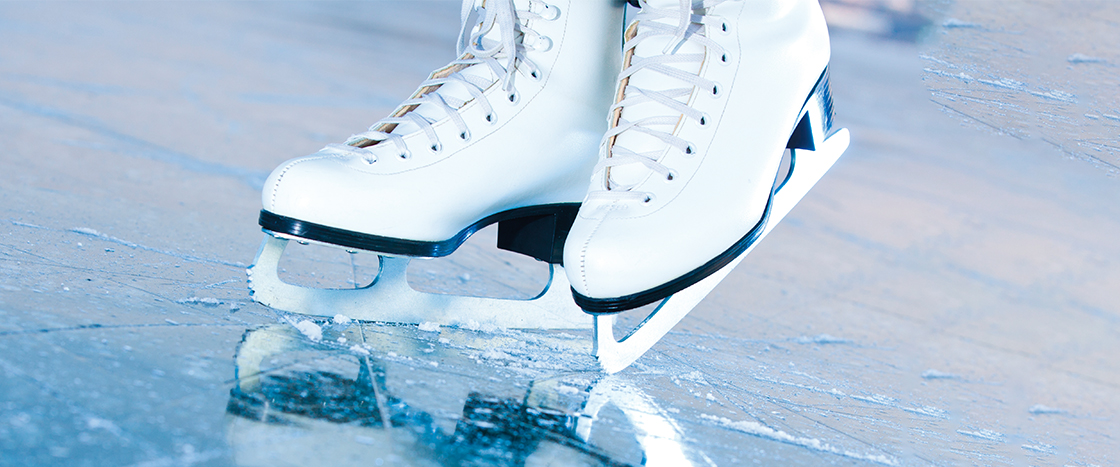Every detail counts when you’re competing for Olympic gold. Slick ice can lead to records being set or broken, but a bump in the wrong place could dash dreams. That’s where the “ice masters” come in.
Ice masters are the experts in charge of making the ice for sports like hockey, figure skating, and speed skating. The process is more complex than filling a rink with water and letting it freeze.
“It’s more of a science than most people think,” says Mark Messer. He’s the ice master who maintains the speed skating rink at the University of Calgary in Canada. He’s helped create the ice at seven Winter Olympics and for countless races and hockey games. More than 300 world records have been set on his ice!
Every detail counts when you’re competing for Olympic gold. Slick ice can help athletes set or break records. But a bump in the wrong place could dash dreams. That’s where the “ice masters” come in.
Ice masters are the experts in charge of making the ice for winter sports. These sports include hockey, figure skating, and speed skating. The process is more complex than filling a rink with water and letting it freeze.
“It’s more of a science than most people think,” says Mark Messer. Messer is an ice master. He maintains the speed skating rink at the University of Calgary in Canada. He’s helped create the ice at seven Winter Olympics. He’s also created ice for countless races and hockey games. More than 300 world records have been set on his ice!

